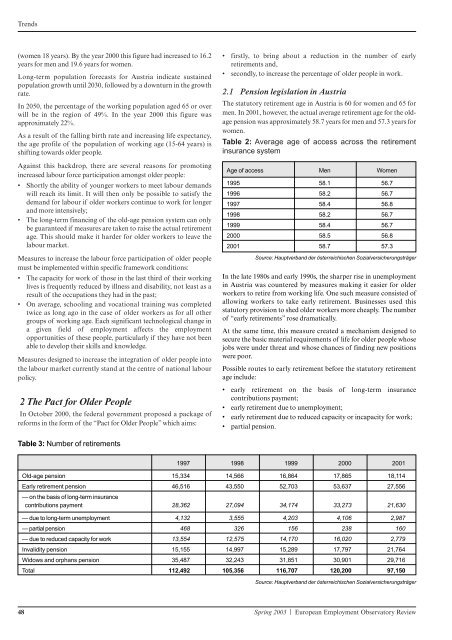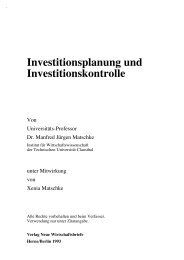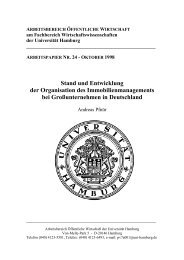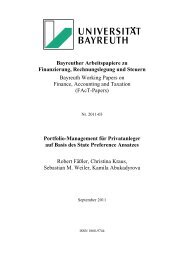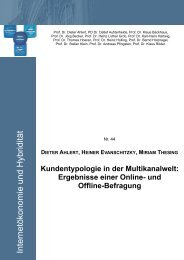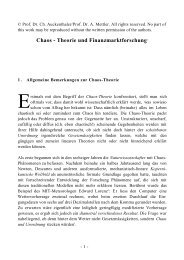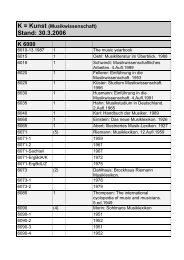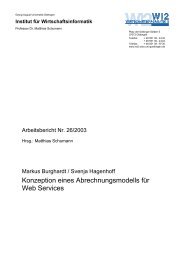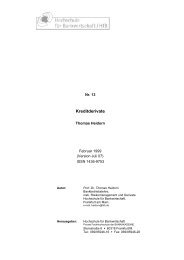FRANCE The
FRANCE The
FRANCE The
You also want an ePaper? Increase the reach of your titles
YUMPU automatically turns print PDFs into web optimized ePapers that Google loves.
Trends<br />
(women 18 years). By the year 2000 this figure had increased to 16.2<br />
years for men and 19.6 years for women.<br />
Long-term population forecasts for Austria indicate sustained<br />
population growth until 2030, followed by a downturn in the growth<br />
rate.<br />
In 2050, the percentage of the working population aged 65 or over<br />
will be in the region of 49%. In the year 2000 this figure was<br />
approximately 22%.<br />
As a result of the falling birth rate and increasing life expectancy,<br />
the age profile of the population of working age (15-64 years) is<br />
shifting towards older people.<br />
Against this backdrop, there are several reasons for promoting<br />
increased labour force participation amongst older people:<br />
• Shortly the ability of younger workers to meet labour demands<br />
will reach its limit. It will then only be possible to satisfy the<br />
demand for labour if older workers continue to work for longer<br />
and more intensively;<br />
• <strong>The</strong> long-term financing of the old-age pension system can only<br />
be guaranteed if measures are taken to raise the actual retirement<br />
age. This should make it harder for older workers to leave the<br />
labour market.<br />
Measures to increase the labour force participation of older people<br />
must be implemented within specific framework conditions:<br />
• <strong>The</strong> capacity for work of those in the last third of their working<br />
lives is frequently reduced by illness and disability, not least as a<br />
result of the occupations they had in the past;<br />
• On average, schooling and vocational training was completed<br />
twice as long ago in the case of older workers as for all other<br />
groups of working age. Each significant technological change in<br />
a given field of employment affects the employment<br />
opportunities of these people, particularly if they have not been<br />
able to develop their skills and knowledge.<br />
Measures designed to increase the integration of older people into<br />
the labour market currently stand at the centre of national labour<br />
policy.<br />
2<strong>The</strong> Pact for Older People<br />
In October 2000, the federal government proposed a package of<br />
reforms in the form of the “Pact for Older People” which aims:<br />
Table 3: Number of retirements<br />
• firstly, to bring about a reduction in the number of early<br />
retirements and,<br />
• secondly, to increase the percentage of older people in work.<br />
2.1 Pension legislation in Austria<br />
<strong>The</strong> statutory retirement age in Austria is 60 for women and 65 for<br />
men. In 2001, however, the actual average retirement age for the oldage<br />
pension was approximately 58.7 years for men and 57.3 years for<br />
women.<br />
Table 2: Average age of access across the retirement<br />
insurance system<br />
Age of access Men Women<br />
1995 58.1 56.7<br />
1996 58.2 56.7<br />
1997 58.4 56.8<br />
1998 58.2 56.7<br />
1999 58.4 56.7<br />
2000 58.5 56.8<br />
2001 58.7 57.3<br />
Source: Hauptverband der österreichischen Sozialversicherungsträger<br />
In the late 1980s and early 1990s, the sharper rise in unemployment<br />
in Austria was countered by measures making it easier for older<br />
workers to retire from working life. One such measure consisted of<br />
allowing workers to take early retirement. Businesses used this<br />
statutory provision to shed older workers more cheaply. <strong>The</strong> number<br />
of “early retirements” rose dramatically.<br />
At the same time, this measure created a mechanism designed to<br />
secure the basic material requirements of life for older people whose<br />
jobs were under threat and whose chances of finding new positions<br />
were poor.<br />
Possible routes to early retirement before the statutory retirement<br />
age include:<br />
• early retirement on the basis of long-term insurance<br />
contributions payment;<br />
• early retirement due to unemployment;<br />
• early retirement due to reduced capacity or incapacity for work;<br />
• partial pension.<br />
1997 1998 1999 2000 2001<br />
Old-age pension 15,334 14,566 16,864 17,865 18,114<br />
Early retirement pension<br />
— on the basis of long-term insurance<br />
46,516 43,550 52,703 53,637 27,556<br />
contributions payment 28,362 27,094 34,174 33,273 21,630<br />
— due to long-term unemployment 4,132 3,555 4,203 4,106 2,987<br />
— partial pension 468 326 156 238 160<br />
— due to reduced capacity for work 13,554 12,575 14,170 16,020 2,779<br />
Invalidity pension 15,155 14,997 15,289 17,797 21,764<br />
Widows and orphans pension 35,487 32,243 31,851 30,901 29,716<br />
Total 112,492 105,356 116,707 120,200 97,150<br />
Source: Hauptverband der österreichischen Sozialversicherungsträger<br />
48 Spring 2003 | European Employment Observatory Review


